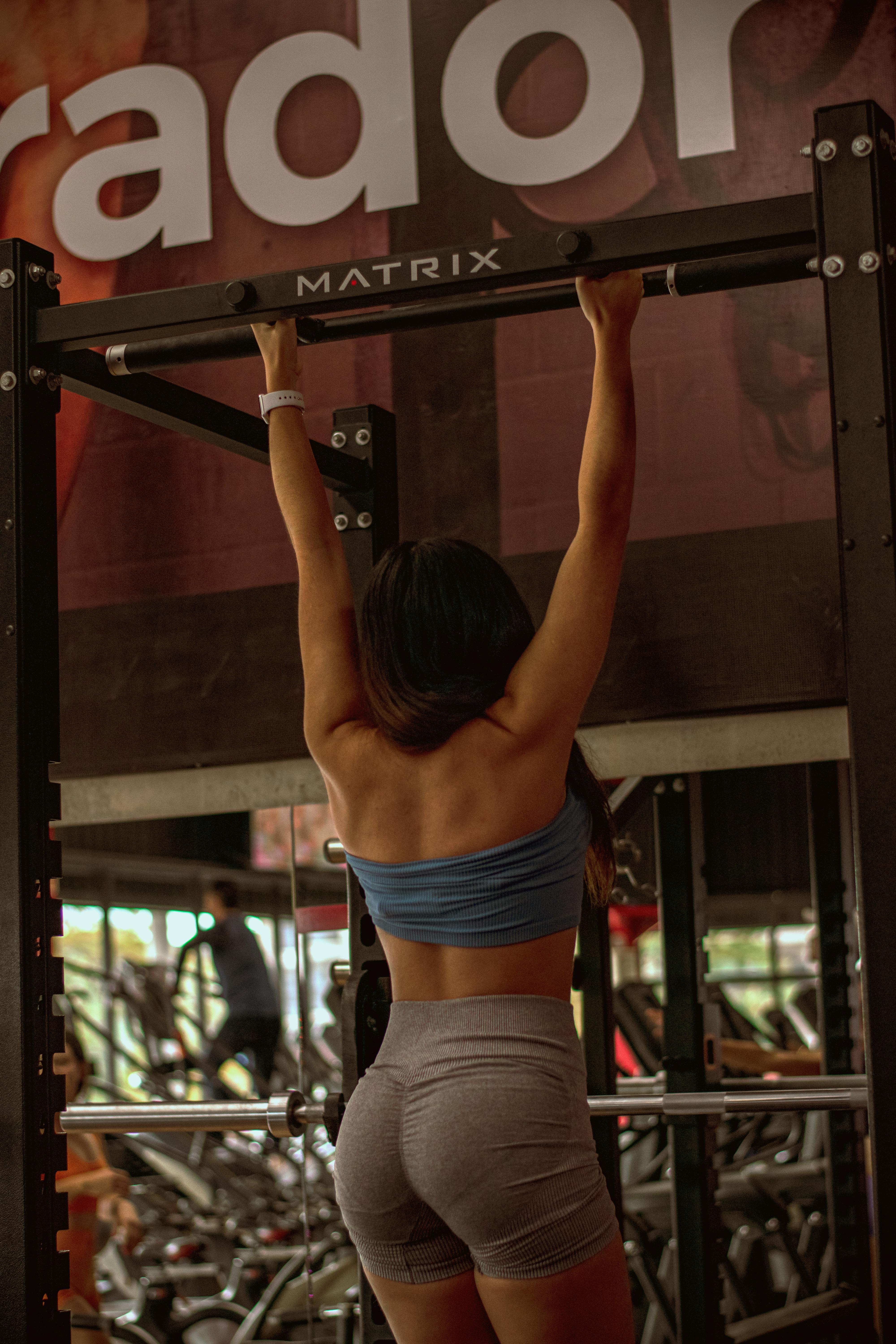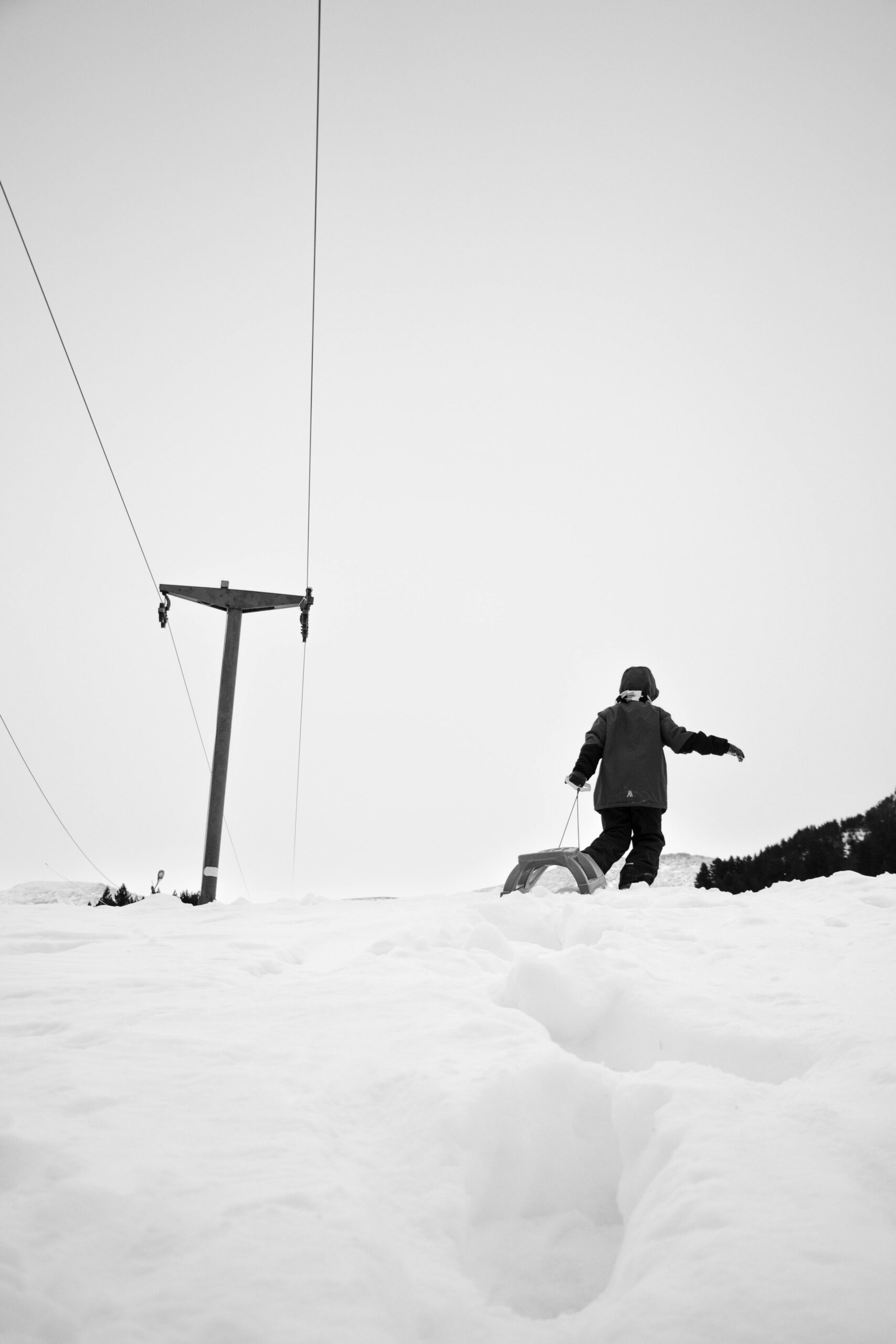Effective Techniques for Optimizing Rücken Kabelzug for Maximum Results in 2025
The Rücken Kabelzug, or cable row machine, is an essential piece of equipment in fitness studios worldwide, especially for individuals focused on strengthening their back musculature. This effective training tool allows you to perform a variety of Rückenübungen (back exercises) that enhance strength, mobility, and flexibility, leading to improved posture and reduced back pain. As we approach 2025, it’s crucial to adopt innovative ways to optimize your usage of the cable row machine to achieve maximum results. This article provides a comprehensive roadmap to effectively utilize Rücken Kabelzug, targeting rückenschmerzen (back pain) and enhancing overall back fitness.
The benefits of utilizing Rücken Kabelzug are numerous: it not only strengthens back muscles, such as the Rückenstrecker (back extensor) and other critical muscle groups but can also alleviate common issues like Rückenverspannungen (back tension) and structural des Schmerzen (structural pain). By incorporating the practices and tips outlined in this guide, you will be better equipped to perform effective Rückenfitnessübungen (back fitness exercises) and mitigate any chronic Rückenprobleme (back problems).
In this article, we will explore:
- Key techniques to enhance your Rücken Kabelzug training
- Common mistakes to avoid for effective results
- The role of physiotherapy in back training
- Fitness tips for integrating Rücken personal training
Let’s dive deep into optimizing your Rücken Kabelzug routine for transformative results!
Essential Techniques for Effective Rücken Kabelzug Workouts
Building on the fundamentals of back training, effective techniques play a pivotal role in maximizing results when using the Rücken Kabelzug. These methods not only engage multiple muscle groups but also emphasize proper biomechanics, ensuring safety and effectiveness.
Step-by-Step Guide to Proper Attachment Usage
Starting your workout with the correct cable attachment is vital. Using a wide grip attachment allows for better engagement of the Rückenmuskel (back muscle) during workouts. Ensure to adjust the cable at shoulder height when performing rows, which will promote optimal alignment and muscle activation.
Be mindful of your grip; a neutral or supinated grip can affect which muscles are targeted. To effectively strengthen your Rückenmuskulatur (back musculature), experiment with different attachments, such as v-bar or single handles, to vary your workout routine.
Remember, the key is to keep your elbows close to your body while pulling, emphasizing the use of your back muscles rather than your arms. This exercise structure aids in minimizing the risk of injury and enhancing muscle growth. Progressively increase resistance to keep challenging your muscles effectively.
Focus on Breathing Techniques for Better Results
Breathing properly during your Rückentraining (back training) can significantly enhance performance. Inhale as you lower the weight and exhale while pulling it towards you. This not only helps in stabilizing the core but also encourages strength and endurance in your back muscles.
Practicing controlled breathing techniques also aids in reducing stress levels during your workout, improving your overall back training experience. Proper breathing can enhance oxygen flow to your muscles, thus increasing stamina for extended training sessions.
Incorporating Variety for Maximum Muscle Engagement
To continuously challenge your body and avoid plateaus, variating your exercises is essential. Swap traditional rows for unilateral cable rows, which will engage your stabilizer muscles more effectively and improve coordination. Alternating exercises, such as single-arm rows and seated rows, can promote balanced development of your whole back.
Including compound movements, like knee-to-chest cable pulls, allows for additional engagement of the core and further fortifies the functional strength of your back. By mixing up your routine, you’ll be optimizing not just the effectiveness of the Rückenübungen but also maximizing fun and motivation throughout your training.
Strategies for Common Mistakes to Avoid in Rücken Training
With these basics established, let’s delve deeper into common mistakes that can hinder your progress and how to rectify them. Avoiding these pitfalls is essential for anyone striving for effective Rücken fitness.
Neglecting Proper Form and Technique
One of the most significant errors in back training, particularly with the cable row, is neglecting proper form. Using weights that are too heavy can cause users to compromise their technique, often leading to injuries and ineffective workouts.
Make it a point to prioritize form over weight. Train with a lighter weight while concentrating on executing each repetition with proper technique. Regularly reassess your form in the mirror or use feedback from a training partner to ensure that you’re maintaining the correct posture.
Failure to Include Mobility and Flexibility Work
Inevitably, many users will dive directly into heavy lifts without investing in warm-up and stretching routines. Incorporating flexibility and mobility exercises into your routine is crucial for ensuring comprehensive back health.
Implement dynamic stretches before your routine to prepare your muscles and joints for the workout. Post-workout, focus on static stretching; this can aid in muscle recovery and prevent overuse injuries, especially those relating to the Rückenbandage (back bandage) and common Rückenverletzungen (back injuries).
Ignoring Recovery and Progression
It’s easy to get caught up in the desire to push harder and lift heavier, but neglecting recovery and progression can have detrimental effects on your back training. Be sure to implement active recovery days, incorporating light physical activity or rehabilitation exercises tailored specifically for the back.
Listening to your body is key. If you are experiencing pain beyond the ordinary muscle soreness, consider consulting a professional for personalized Rückentraining (back training) strategies to ensure you stay on your path.
Using Physiotherapy Techniques to Enhance Rückentraining
Connected to this principle, understanding the role of physiotherapy in your back training regimen can significantly enhance your results. Physiotherapy techniques can promote not only strength but also recovery and injury prevention.
Integrating Rehabilitation Exercises into Your Routine
Incorporate rehabilitation exercises prescribed by professionals to target specific issues like Rückenverspannungen or specific weaknesses. Such exercises can include movements that promote stabilization of the core and improve overall back mechanics.
By engaging in these tailored rehabilitation exercises regularly, you will not only experience less back pain but can also enhance your performance in standard Rückenfitnessübungen.
Recognizing Signs of Back Dysfunction
Understanding the early warning signs of back dysfunction, such as chronic discomfort or odd sensations during workouts, is essential. Addressing these issues with physiotherapy can result in a customized Rückentraining approach. An expert can guide exercise execution, ensuring your routine is tailored to your unique needs and preventing potential long-term problems.
Utilizing Therapeutic Modalities for Recovery
Therapeutic modalities—like ultrasound, electrical stimulation, and massage—can be crucial for recovery in a strong back training program. Recovery techniques can be incredibly effective for easing tension and promoting muscle relaxation after intense workouts. Engaging with a certified back masseur can also offer essential recovery benefits.
Conclusion: Achieving Maximum Results in Your Rücken Training
By understanding the significance of optimizing your usage of the Rücken Kabelzug, you will find yourself on a path towards not just improved strength but also enhanced overall fitness. With proper techniques, incorporation of physiotherapy, and avoidance of common pitfalls, your journey to strengthening your Rücken will be both rewarding and effective.
To continue learning about optimizing Rücken exercises, check out this insightful guide and dive deeper into personal training efforts.
For additional strategies on managing your entire fitness regimen, explore this comprehensive resource. Incorporating these practices into your routine will help you unlock your full potential and achieve remarkable results in your back training efforts.
Keep pushing your limits and ensure your journey towards Rückenfitness remains engaging and fulfilling!


